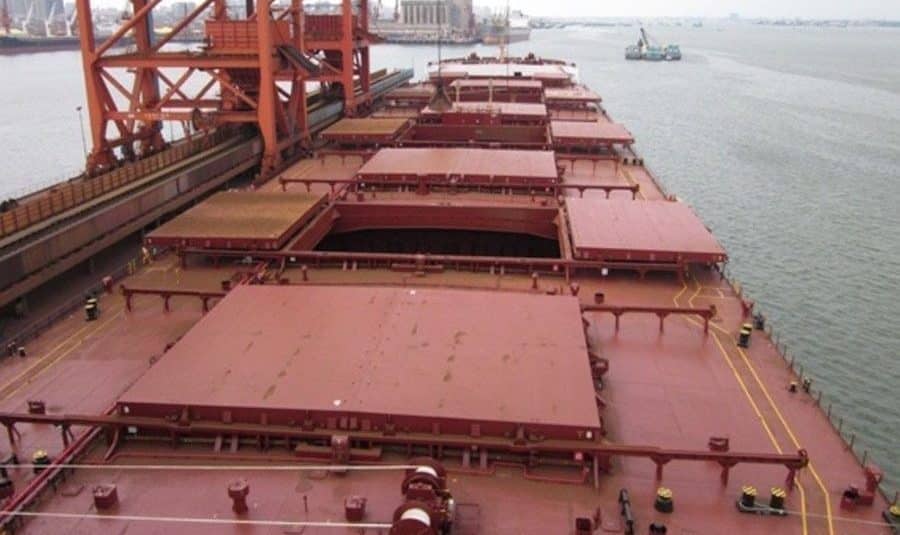India Aims for Global Shipping Leadership by 2047

The Indian government is considering granting infrastructure status to the shipping industry. This move aims to elevate India’s position in global shipbuilding and ownership. Currently ranked 18th worldwide, India aspires to break into the top five by 2047. This ambitious goal reflects the government’s commitment to enhancing the maritime sector’s growth and competitiveness.
The proposed infrastructure status would enable shipping companies to access funds more easily. This includes long-term loans with lower interest rates from commercial banks. Such financial support would facilitate the purchase of ships from Indian shipyards, thereby increasing domestic ownership. The Ministry of Ports, Shipping and Waterways (MoPSW) has already approached the Department of Economic Affairs (DEA) to consider this proposal. An announcement may come as part of the budget proposals on February 1.
Enhancing Financial Accessibility for Shipping Companies
The infrastructure status would significantly improve financial accessibility for Indian shipping companies. Currently, the shipping industry lacks the same financial advantages that the shipbuilding sector enjoys. Shipbuilding firms can already access long-term loans at lower interest rates, which helps them manage their capital-intensive projects. However, shipping companies have not been granted similar benefits.
Anil Devli, CEO of the Indian National Shipowners’ Association (INSA), emphasized the importance of this status. He stated that it would allow Indian companies to acquire and operate more ships for both coastal and global operations. This would ultimately reduce operational costs and improve cash flow. The long repayment terms would align with the economic life of the vessels, which typically spans 12 to 15 years.
Currently, foreign competitors benefit from low-cost funding, putting Indian companies at a disadvantage. By securing infrastructure status, Indian firms could level the playing field, promoting the acquisition of ships and offshore rigs. Furthermore, the MoPSW has proposed including coastal shipping in the harmonized list of infrastructure. This would attract more cargo and passengers to this mode of transport, further boosting the industry.
Future Initiatives for Maritime Growth
In addition to the infrastructure status, the government plans to extend the Shipbuilding Financial Assistance Policy (SBFAP) for another ten years. This policy currently provides financial assistance to Indian shipyards for contracts signed between April 1, 2016, and March 31, 2026. The assistance rate starts at 20% and decreases to 11% by 2026.
Moreover, a comprehensive shipbuilding policy is expected to be announced soon. This policy will likely include fiscal and non-fiscal incentives, supported by a ₹25,000 crore Maritime Development Fund (MDF). Currently, India holds less than 1% of the global shipbuilding market and ranks 22nd in this sector. The country is dominated by leaders like China, South Korea, and Japan.
Under the Vision 2047 plan, India aims to increase its ship ownership to rank among the top five globally, targeting a cumulative capacity of 100 million gross tonnage (GT) by 2047. Additionally, the plan seeks to boost domestic shipbuilding capacity to 4.5 million GT per annum, a significant increase from the current production of just 0.1 million GT per annum. These initiatives reflect India’s commitment to strengthening its maritime sector and enhancing its global standing in shipping and shipbuilding.
